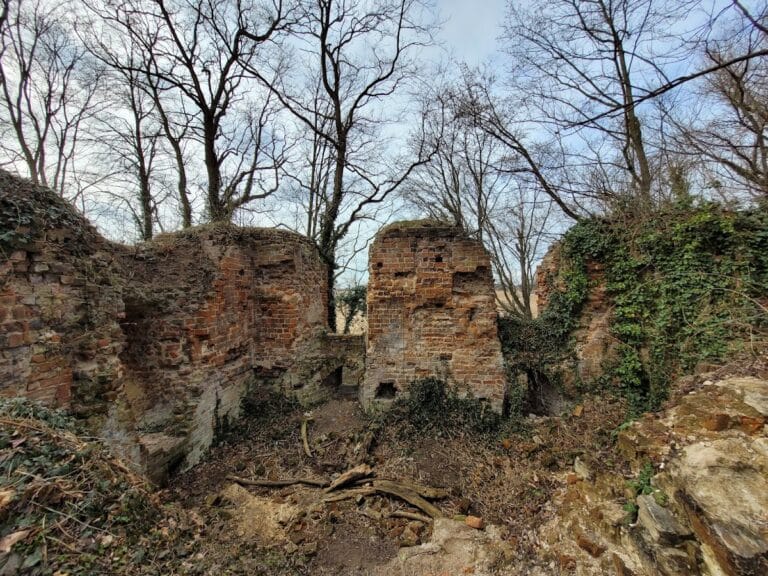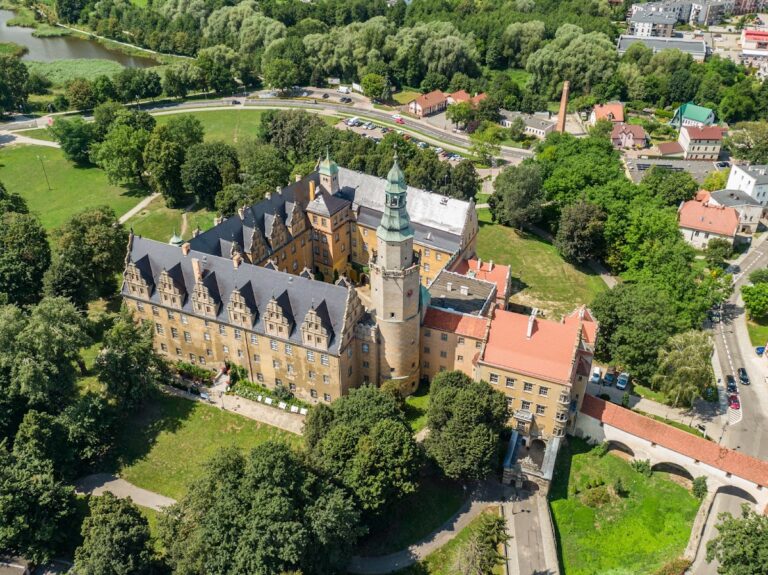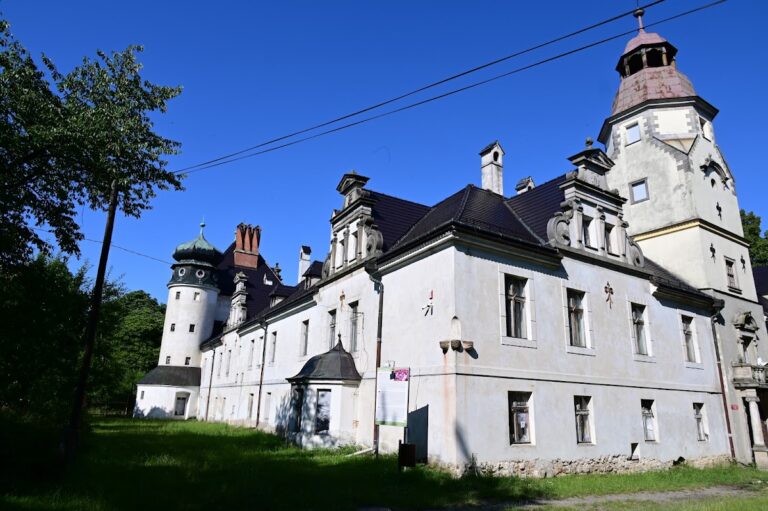Ryczyn Castle: A Medieval Slavic Fortified Settlement in Poland
Visitor Information
Google Rating: 4.4
Popularity: Low
Google Maps: View on Google Maps
Official Website: przyrodniczo.pl
Country: Poland
Civilization: Unclassified
Remains: Military
History
Ryczyn Castle was a fortified settlement built by the medieval Slavic people in what is now Lipowa, Poland. Positioned strategically on the right bank of the Oder River, the site played a key role as a defensive and administrative center in the region historically known as Lower Silesia.
The origins of Ryczyn date back to before the year 1000 CE, when it began as a stronghold designed to protect local residents and their livestock from raids by neighboring Czech and German groups. This early settlement is believed to have been among the cluster of Silesian fortifications mentioned in a 9th-century document known as the Bavarian Geographer. Around the turn of the first millennium, Mieszko I, the ruler who unified the Polish state, established a church at Ryczyn, making it the second ecclesiastical center in Silesia after Smogorzów. This church was subordinate to the newly created Wrocław bishopric.
During the early 11th century, Ryczyn gained religious significance when the bishop of Wrocław took refuge within its walls amid a pagan uprising in 1032–1033. Furthermore, between 1051 and 1075, Ryczyn temporarily served as the seat of the Wrocław bishopric itself, a period of political instability during which the episcopal seat was relocated before being returned to Wrocław by Bolesław II the Generous.
Administratively, Ryczyn functioned as the center of its own castellany, a territorial division led by a castellan responsible for military command and local governance. This castellany proved its military importance by successfully defending the stronghold against sieges in 1103 led by Bohemian dukes Borzywoj II and Svatopluk of Olomouc, and again in 1109 against an invasion by the German King Henry V. These events highlight Ryczyn’s role as a frontier fortress guarding Polish lands against external forces.
The settlement’s prominence diminished after the late 13th century. The last recorded mention of Ryczyn’s castellany dates to 1297, and by 1340, the property had been transferred to the Dominican monks of Brzeg. The fortified site and its church ultimately suffered destruction in 1474 during a campaign led by King Casimir IV Jagiellon, which brought violent conflict to the region and left clear traces on skeletal remains found in the local cemetery.
The site attracted scholarly and archaeological interest from as early as 1390 when Duke Louis I of Brzeg initiated initial investigations. Subsequent digs occurred intermittently in 1779 and 1891, culminating in a systematic excavation campaign from 1958 to 1962 under Janusz Kramarek. Renewed research beginning in 2004 uncovered further significant features, including evidence of a pagan temple and burial grounds, enriching the understanding of Ryczyn’s long and varied history.
Remains
The archaeological remains at Ryczyn Castle reveal a well-planned fortified settlement characterized by a large ring-shaped earthwork. This defensive rampart rises about 4 to 5 meters above the surrounding terrain and measures approximately 8 meters in width, enclosing a perimeter of around 600 meters. Built on marshy ground, the fortification’s construction involved carefully layering wooden logs and covering them with earth, a technique that helped prevent flood damage and ensured the stronghold’s stability.
On the side facing the Oder River, a broad moat between 5 and 10 meters wide was excavated to enhance the defensive perimeter. Access to the settlement was controlled through a single entrance, reinforcing the fort’s security. Approximately 60 meters west of the main enclosure, archaeologists discovered a smaller, conical outpost occupying an area of 143 square meters. This secondary fortification contained a lone wooden building, identified as a watch post, which served to monitor river traffic and the surrounding landscape.
A short distance away, on the left bank of the Oder near the village of Lipki, a third settlement exists whose archaeological remains indicate its key strategic and economic function. This site included ironworking workshops supplying tools and weapons to the Ryczyn stronghold, underscoring a network of production and resource management in the region.
Artifacts uncovered at Ryczyn include early medieval pottery and animal bones, along with metal items such as axes, knives, arrowheads, and numerous nails. The presence of stone, bone, and clay materials related to local metallurgical activity highlights the technological skills of its inhabitants.
Notably, seven burial mounds, or kurgans, lie north of the main site by a water reservoir. These were used between the 10th and 12th centuries for cremation burials, sometimes containing up to seven individuals each along with offerings of animals, reflecting ritual practices of the time. Near these mounds, an oak and fir boat grave dated to autumn of the year 983 was found. This boat was symbolic and not built for navigation; it was burned as part of funerary rites analogous to ceremonies known in northeastern Rus’, revealing cultural connections beyond the local area.
The site also contains the remains of wooden and stone churches dating from the late 14th to early 15th centuries, situated adjacent to a nearby cemetery. The cemetery itself, located roughly 90 meters southwest of the fortified area, holds numerous skeletal burials. Some of these skeletons bear marks of sharp-force trauma consistent with injuries sustained during the violent raid of 1474, providing tangible evidence of historical conflict.
Today, the surviving earthworks and the central open space known as the “majdan” of the fortification remain visible. These features have been carefully studied and documented through archaeological research, preserving a physical record of Ryczyn Castle’s complex history and form.










